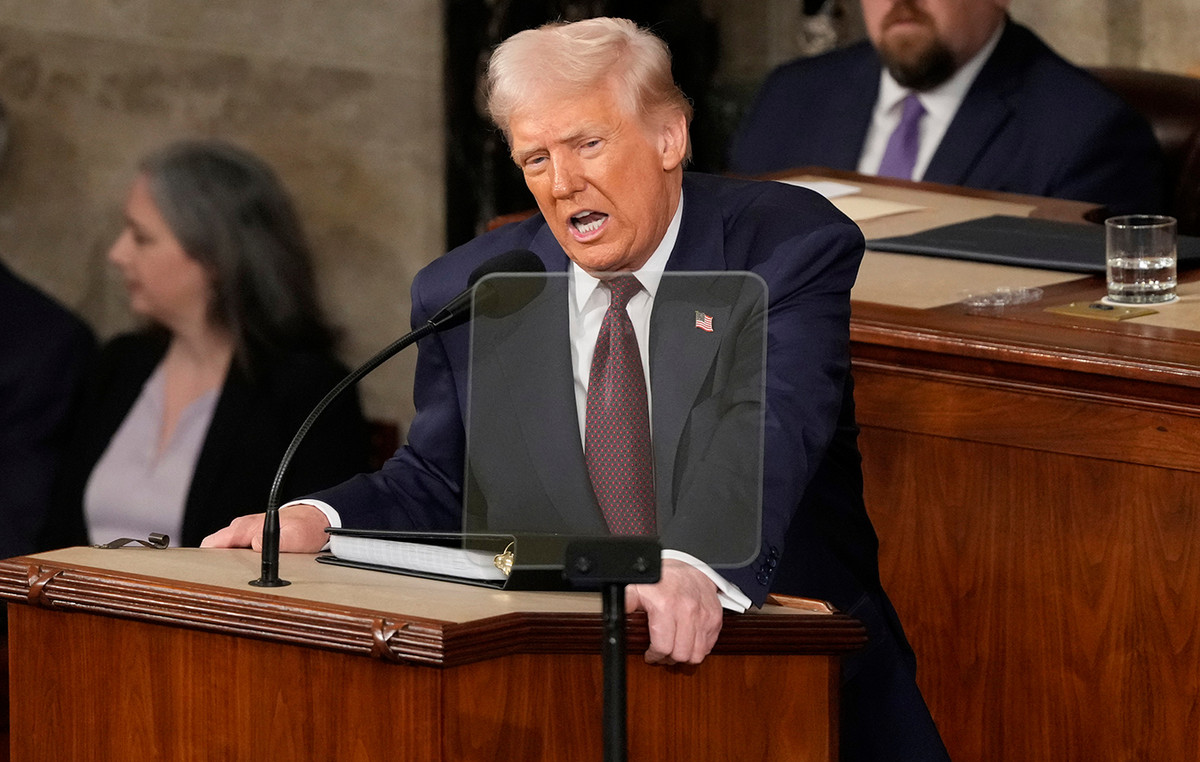“Difficult alternative to implement, but not impossible to carry out”. This is how dollarization, one of the proposals of Javier Milei’s electoral campaign, was defined in a report by Anker Latin America, signed by Luis Caputo, who was appointed future Minister of Economy by the elected president of Argentina.
“The backbone of the next economic program must be fiscal balance,” states the document.
Furthermore, it stipulates a fiscal adjustment equivalent to 7% of GDP and includes obtaining US$40.8 billion for Argentina to exchange its monetary base and liabilities in pesos, at an exchange rate of 490 pesos per dollar, according to the price of the ‘blue dollar’ when the document was published, in May this year.
Two months later, Caputo and Milei started working together. The bond between them was born in August, “after the primary elections”, described a member of the President-Elect’s Cabinet.
The link would have been Santiago Caputo, nephew of the minister-designate and one of La Libertad Avanza’s strategists during the campaign, according to the source.
At that time, Milei defended the idea of dollarization proposed by Emilio Ocampo, who had been announced as the future president of the Central Bank, although after the second round this plan did not prosper, and Ocampo is no longer considered leader of the monetary authority.
“There is no money” is a phrase that Javier Milei repeated several times after his electoral victory. It seems to be in line with the diagnosis Caputo made 6 months ago when he wrote: “The root of the problem is the way the deficit is financed.”
Anker Latin America’s work identified two ways in which Argentina systematically covered its deficit: monetary issuance and debt taking.
Both were unable to control inflation, the document states, although other measures mentioned in the publication signed by Caputo together with other experts, such as those adopted during Mauricio Macri’s presidential term, also failed: “A program aimed at achieving fiscal balance , the free fluctuation of the exchange rate with the liberalization of stocks and inflation targets is an extremely risky alternative that we do not approve”.
The document develops the idea of dollarization, which it describes as a monetary scheme that has “the advantage of reducing inflation more quickly than other alternatives”. Then, we begin to delve deeper into how it is possible to dollarize.
The answer to this question is that a complex legal, financial and economic architecture is needed, a strategy that includes the disarmament of the Leliqs, the notes of the Central Bank of the Argentine Republic held by banks that the entity uses to absorb pesos and prevent them from being in circulation.
Consequently, a poor performance of these notes, for Caputo, could generate hyperinflation as a consequence of more pesos on the streets and a possible run towards the dollar.
According to the report, if the issue of fiscal, parafiscal and financial balance were resolved, dollarization would emerge as an alternative to eliminate dependence on the currency demand factor for the success of a recovery program. It would even solve the problem of “excessive issuance of pesos”.
Dollarizing means exchanging all pesos and liabilities in pesos for assets in dollars to adopt the latter as the official currency. The proportion between both parts, monetary base and liabilities on the one hand, and dollar assets on the other, will determine the exchange rate for this conversion.
The document advises against making this conversion to any value other than the market price of the dollar. At the same time, he rejects the use of a forced conversion (the “hard way,” as he calls it) through a government bond plan that could be exchanged for existing public debt in pesos.
To dollarize at an exchange rate of 490, the value of the ‘blue dollar’ at the time of writing the article, Argentina would need 40.8 billion dollars.
The analysis suggests that this requirement may be lower depending on the evolution of the relationship between the peso and the dollar, although it also warns that the greater the devaluation of the local currency, the lower the appreciation in dollars of assets held by Argentines.
The big question is: how could they get them?
Always with May values, the proposed financial engineering indicates that US$4 billion could come from the Sustainability Guarantee Fund (FGS) of the Social Security Administration (Anses), which is a countercyclical fund of the Argentinean pension system.
In turn, Caputo mentioned the possibility of accessing new dollars from the International Monetary Fund, “between 10,000 and 15,000 million”, something he classified as possible based on his experience in public service.
He also estimated that US$12 billion could come “from the market”. Thus, the total value would be around US$31 billion.
“The remaining balance of US$10 billion could come from the incorporation of other financial or non-financial assets or, ideally, from a financial fiscal surplus” which should be 2.5% of GDP, and would imply a fiscal adjustment equivalent to 7% of GDP, he concluded.
Source: CNN Brasil
Bruce Belcher is a seasoned author with over 5 years of experience in world news. He writes for online news websites and provides in-depth analysis on the world stock market. Bruce is known for his insightful perspectives and commitment to keeping the public informed.







